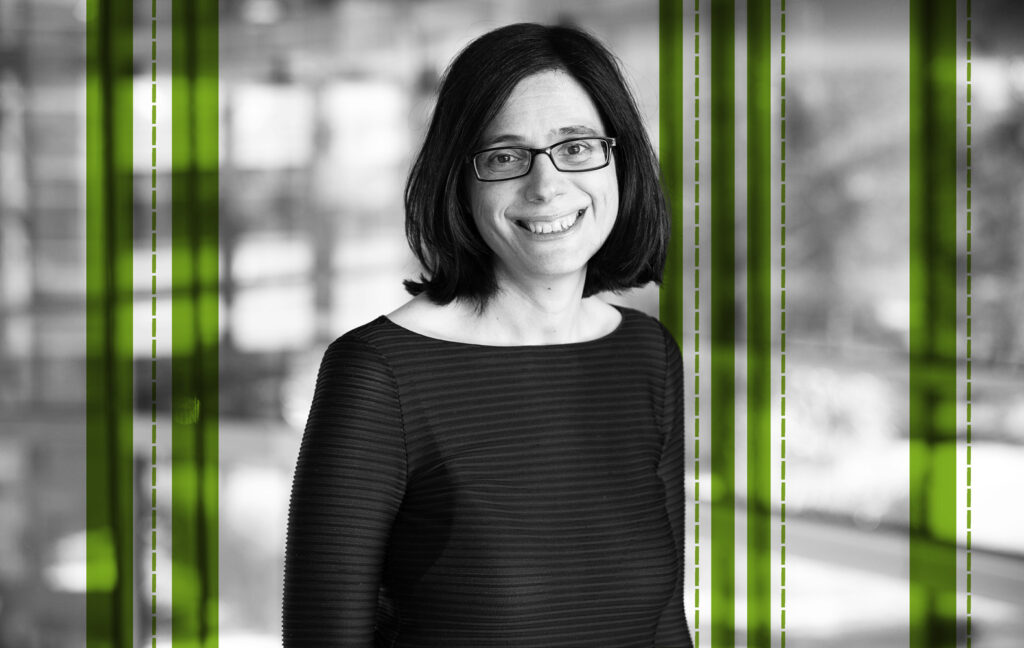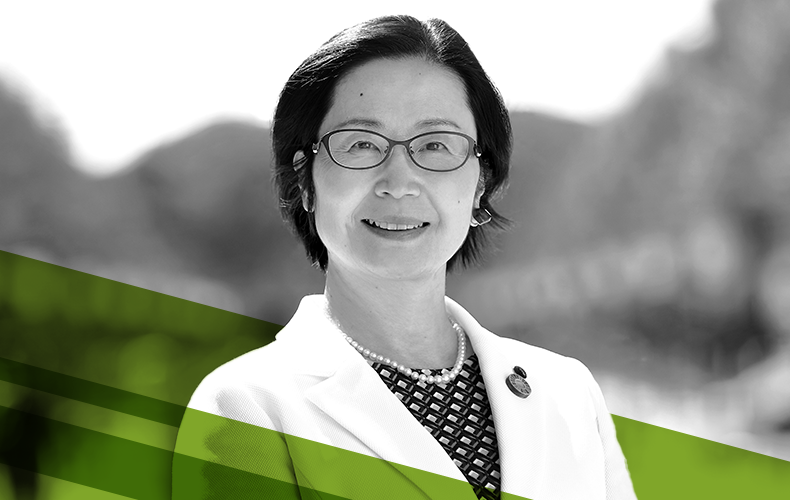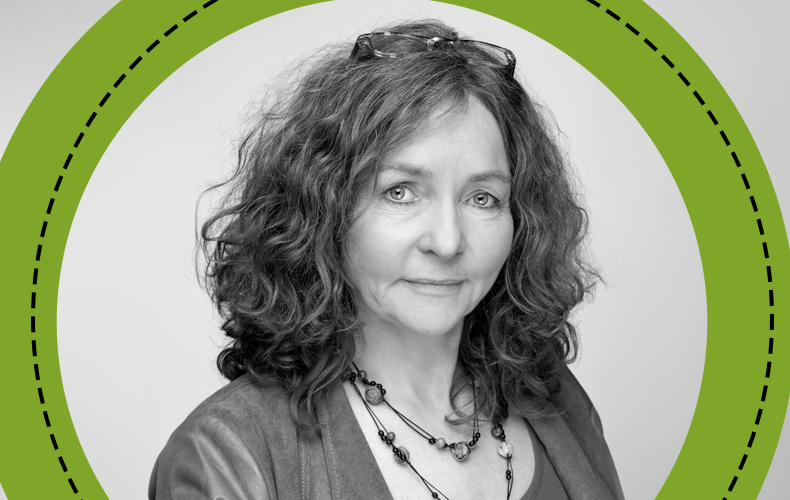12 July 2024 – During presentations, new EMBO Associate Member Aviv Regev has been known to show a blank slide that slowly fills, pixel by pixel, with dashes of yellow and red. Long before the hidden picture has been completed, viewers can make out the representation of Joan Miro’s “Painting, March 13, 1933”, something that Regev uses to illustrate a key concept developed by her group: that single-cell biology can be most informative if a larger number of cells are profiled at lesser depth, rather than a smaller number at greater depth.
“The basic unit of life is the cell: each of us is made up of around 37 trillion of them and they come in many different types and subtypes like neurons, immune cells, muscle cells, and fat cells,” says Regev, who is Executive Vice President and Head of Genentech Research and Early Development in South San Francisco, US. “The challenge is that we do not really know how many different cell types there are or their full identities and characteristics, let alone how they each function alone and with each other in tissues.”
Regev says her single-cell genomics methods have enabled her team to look at individual cells, like the pieces of fruit within a fruit salad. “Previous techniques required blending many different cells together to have enough material to study, making it challenging to distinguish a particular type of cell, more like trying to pick out the blueberries from a smoothie made from many other types of fruit,” she explains. “We invented lab methods that allowed us to measure the expression profile – or the “molecular calling card” – in each cell individually, for each of millions of cells, as well as computational algorithms to make sense of the large amount of data. We have invented and applied many of these methods in my lab, and we, and many other scientists, use them to address many questions, both in basic biological research and in drug discovery and development.”
Using these methods, Regev’s team have discovered cells they did not know existed and play important roles in healthy tissues or diseases, including different cancers, Alzheimer’s disease, cystic fibrosis, and COVID-19. They were also the first to use single-cell methods to characterise solid tumours and have applied them to better understand the nature of many different types of cancer. “Longer term, our goal is to create a Human Cell Atlas, a comprehensive reference map of all human cells as a basis for both understanding human health and diagnosing, monitoring and treating disease,” adds Regev, who co-founded the atlas initiative together with EMBO Member Sarah Teichmann. “In our research at Genentech, we are figuring out how to turn the insights of single-cell genomics and other new methods into medicines, by combining them with AI and machine learning. Many scientists I respect deeply are members of the EMBO community, so it is an honour to be recognised by my colleagues as part of this scientifically excellent organization. As an EMBO Associate Member, I hope to deepen my connections with these colleagues and make acquaintance with others in the EMBO Membership I don’t yet know well.”



